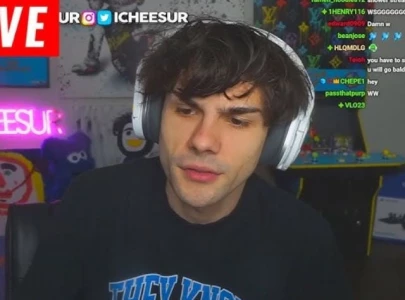
Darek Fidyka was paralysed from the chest down following a knife attack in 2010, but can now walk using a frame after receiving treatment in which nerve cells from his nose were transplanted into his severed spinal column, according to research published in the journal Cell Transplantation on Tuesday.
"When there's nothing, you can't feel almost half of your body. You're helpless, lost," the patient, who is now recovering at the Akron Neuro-Rehabilitation Center in Wroclaw, told BBC's Panorama programme.
"When it begins to come back, you feel you've started your life all over again, as if you are reborn. It's an incredible feeling, difficult to describe," the 40-year-old said.
Specialist olfactory ensheathing cells (OECs), which form part of the sense of smell, were used in the treatment as they are pathway cells, enabling nearby nerve fibres to be continually regenerated.
The treatment involved two operations.
Pawel Tabakow, consultant neurosurgeon at Wroclaw University, led a team of surgeons in removing one of the patient's olfactory bulbs before transplanting cultured cells into the spinal cord.
Scientists think that the cells, implanted above and below the injury, enabled damaged fibres to reconnect.
"What we've done is establish a principle, nerve fibres can grow back and restore function, provided we give them a bridge," said Geoff Raisman, chair of neural regeneration at University College London's Institute of Neurology, who led the British research team working on the joint project.
"To me, this is more impressive than a man walking on the Moon. I believe this is the moment when paralysis can be reversed."
Tabakow said it was "amazing to see how regeneration of the spinal cord, something that was thought impossible for many years, is becoming a reality".
Door will open in life
For two years after sustaining the injury, Fidyka showed no sign of recovery despite intensive five-hour physiotherapy sessions.
The first signs of improvement came three months after the surgery, when his left thigh began putting on muscle.
Three months later, Fidyka was able to take his first steps with the aid of parallel bars and leg braces. He can now walk outside using a frame and has also recovered some feeling in his bladder and bowel.
"I think it's realistic that one day I will become independent," said the patient.
"What I have learned is that you must never give up but keep fighting, because some door will open in life."
The research was funded by the UK Stem Cell Foundation and the Nicholls Spinal Injury Foundation (NSIF), set up by chef David Nicholls after his son Daniel was paralysed in a 2003 swimming accident.
NSIF has given £1 million ($1.6 million, 1.26 million euros) to researchers in London and £240,000 to the team in Poland. Both camps say they will not seek to profit from the research.
"It would be my proudest boast if I could say that no patient had had to pay one penny for any of the information we have found," said Raisman.
NSIF said it would acquire any patents and make them freely available.
"When Dan had his accident I made him a promise that, one day, he would walk again," Nicholls told the BBC.
"I set up the charity to raise funds purely for research into repairing the spinal cord. The results with Darek show we are making significant progress towards that goal."
The UK Stem Cell Foundation said the team was now searching for the best source of olfactory ensheathing cells and developing prototype nanofibre biomaterials on which transplanted OECs could grow.
They hope to raise enough money to hold clinical trials on 10 patients in Britain and Poland.
COMMENTS (5)
Comments are moderated and generally will be posted if they are on-topic and not abusive.
For more information, please see our Comments FAQ




1730959638-0/trump-(19)1730959638-0-165x106.webp)

1732428810-0/Copy-of-Untitled-(3)1732428810-0-270x192.webp)
1732425487-0/BeFunk_§_]__-(42)1732425487-0.jpg)









hi iam lubna,even i'm also paralysed patient with spinal cord injury. i met with an accident in december 1991 @kulwant singh could u plzz give me ur email id..
After going through this news item I am very happy that a man who was paralysed has started walking again it is a ray of hope for people like me as I am also on the bed since March 1992 due spinal cord injury.
Just wow!
Instead of circumventing the space and inventing weapons of mass destruction which costs hundreds of billions of dollars, the world must rethink about its priorities. So many genius minds are available who can utilize funds to make miracles happen and serve the humanity in a real and true way.